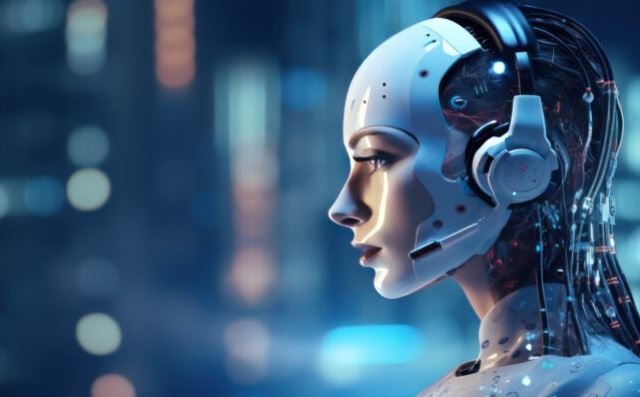Do You Know How AI Image Generators Grew in Popularity This Year
#AIArt, #AIImageGeneration, #DoYouKnow, #Dalle3, #Midjourney, #AdobeFirefly, #AIContentCreation, #GenerativeAI, #VisualAI, #CreativeTech, #AI Image, #AI Image
TECH & SCIENCE
8/4/20252 min read


In 2025, AI image generators have gone from being niche tech tools to viral sensations, widely adopted in art, advertising, journalism, and even education. Tools like Midjourney, DALL·E, Firefly, and Stable Diffusion are reshaping how we visualize ideas—from photorealistic landscapes to surreal memes. But why did they explode in popularity this year? Let’s explore the trends, technology, and controversies fueling this visual AI revolution.
1. Midjourney and DALL·E Dominated Creative Communities
Platforms like Midjourney and OpenAI’s DALL·E reached millions of users in 2025. With new features like image editing, inpainting, style control, and text rendering, users now create magazine-quality visuals with simple prompts—empowering creators without design backgrounds.
2. Adobe Firefly Made AI Mainstream for Professionals
Adobe's Firefly tool, embedded in Photoshop and Illustrator, brought AI generation to graphic designers and marketing teams. With features like Generative Fill and text-to-vector, it allowed real-time editing that previously took hours—reshaping the design workflow.
3. AI Art Became a Viral Trend on Social Media
From AI avatars to surreal selfie transformations, TikTok, Instagram, and X (Twitter) saw waves of user-generated AI art challenges. New tools let people create hyperrealistic portraits, anime versions, and concept posters, sparking engagement and creativity globally.
4. Businesses Adopted AI for Branding and Marketing
Companies began using AI-generated images in social media ads, product mockups, and content marketing—saving costs and accelerating content production. Many startups even launched AI-generated mascots, logos, or branded characters.
5. AI in Journalism and Education
Media outlets experimented with AI to generate illustrative images for news, especially when real photos weren’t available. Educators also began using AI visuals in lesson plans and presentations—helping students understand abstract concepts with vivid imagery.
6. Controversies Around Copyright and Ethics Intensified
With growth came debates. Artists raised concerns about AI tools using their work without consent. Some countries started proposing legislation on AI-generated content labelling, while platforms introduced content authenticity features to distinguish AI from real photography.
Conclusion
2025 marked the year AI image generation became a creative norm. From casual users to global brands, the visual internet has been reimagined through generative AI. While its growth shows no signs of slowing, balancing creativity with ethics remains the next challenge.
Knowledge
Empowering minds with reliable educational content daily.
Newsletter Signup
© 2025 DoYouKnow. All rights reserved.
Stay Ahead of the Trends – Join Our Newsletter
